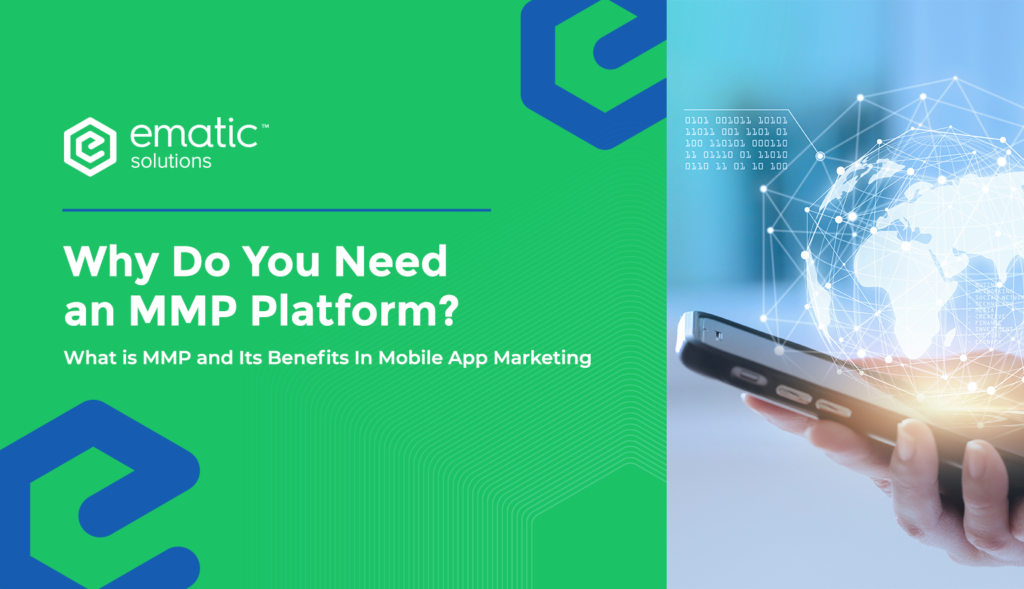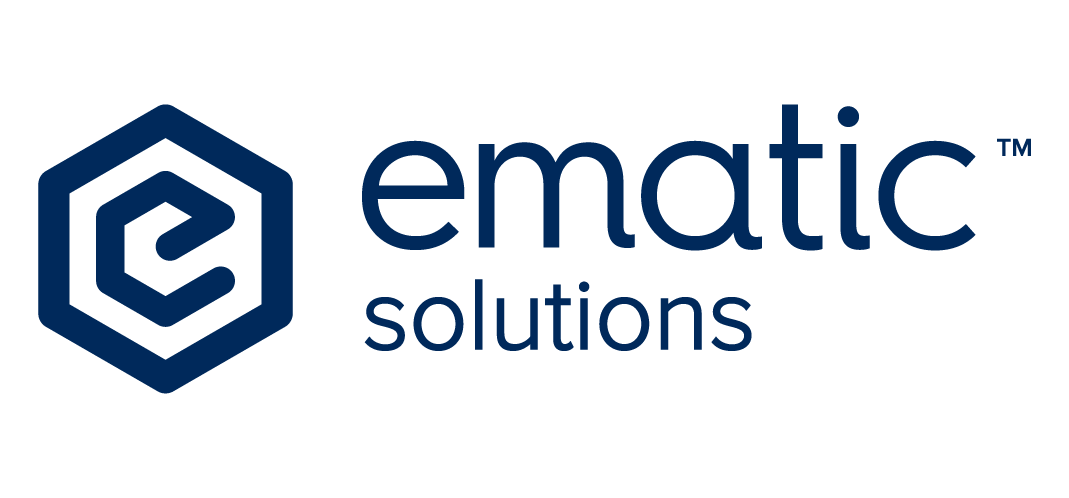The Importance of MMP in Mobile App Marketing

In today’s era, we’re not starving for information—we’re drowning in it. So what’s the real challenge? It’s turning that flood of information into a focused stream of action. Imagine having a library at your fingertips, but all the books are in a language you can’t read. That’s what raw data feels like without the right interpretation. The magic happens when you learn to make sense of the numbers and use them to make smart choices. It’s not just about having lots of information—it’s about knowing what to do with it. In business, the real power comes from using information wisely to make good decisions. In the game of business, good data can help you win. To win, you need to watch out for wrong information and carefully track what you’re doing. That’s why choosing the right partner to help you navigate this data minefield isn’t just important—it’s the difference between thriving and merely surviving in today’s market. That’s where MMP comes in to help. What is MMP? MMP stands for Mobile Measurement Partner. MMP is a tool that helps companies understand how well your mobile app marketing is working. Imagine you’re a game developer who just released a new mobile game. You’d want to know: How many people are downloading your game Where these people are coming from (like ads on social media or app stores) What users do in the game after downloading it An MMP helps track all this information. It’s like a report card for your mobile app marketing efforts, showing you what’s working well and what isn’t. Why do you need MMP? Let’s say there’s an app you see advertised in two ways: a short video ad and a banner ad on a website. You watch the video ad but forget about it. Then, the next day, you see the banner ad, click on it, and download the app. Normally, the banner ad would get all the credit for the download, right? But that wouldn’t be entirely fair, no? The video ad also played a role, even if you didn’t click on it right away. This is where MMPs come in. MMP is like a referee for app advertising. It tracks all the advertising a user sees for an app, not just the last one. So, in this case, the MMP would give some credit to the video ad for reminding you about the app and some credit to the banner ad for getting you to download it. For app makers, this is important because it helps them understand which ads are really working and where to spend their money. Without MMPs, they might waste money on ads that aren’t effective. So, MMPs are basically a way to make sure everyone gets a fair shot and that app makers spend their money wisely. What is the benefit of MMP for businesses? Do we get benefits by using this? Sure! There are some benefits that you can get, including: Accurate data tracking MMPs provide precise information about app installs, user actions, and marketing campaign performance. Better decision-making With detailed data, companies can make informed choices about where to invest their marketing budget. Time-saving Instead of manually collecting data from multiple sources, MMPs automate the process, saving time and reducing errors. User journey insights MMPs track the entire user journey, from first seeing an ad to actions taken within the app. ROI (Return On Investment) measurement Companies can clearly see which marketing efforts are producing the best return on investment. Cross-platform tracking MMPs can track user behavior across different devices and platforms, giving a more complete picture. Compliance with privacy regulations Good MMPs ensure data collection complies with laws like GDPR (General Data Protection Regulation), reducing legal risks. Hendra Wijaya, One of our Analytics Consultant, said this: “Even though it’s not exactly the coolest-sounding tool, it’s important and needed. They track your marketing efforts all across different channels, tell you which one flops and which ones actually bring in new users. MMP not only gives you a clear picture of what’s working, but also optimizes your campaigns.“ Pretty impactful, right? We’ll discuss in more detail in other articles. Hesitant about integrating MMP into your mobile app marketing strategy? Or perhaps, do you have the funds but lack the expertise to manage it effectively? Don’t worry – we’ve got you covered. Ematic Solutions is here to do more than just connect you with the perfect app partner for your business. We’ll also help you unlock the true potential of your data through expert analytics. With the help of Ematic Solutions, you’ll gain clear insights into your marketing spend and see exactly how it translates into results. It’s an opportunity to optimize your marketing efforts and boost your ROI. Why not give it a try? Source : https://www.adjust.com/glossary/mobile-measurement-partner-mmp/ https://www.appsflyer.com/blog/measurement-analytics/crucial-mmp-factors/
Product Update: New Facebook and Google Trend Analysis on Ematic Analytics
The moment that we’ve been waiting for, and thanks to our dev team that has been working continuously improving our analytics dashboard, you can now connect your Facebook and Google ad accounts and analyze them both together with your email performance all under one dashboard. If you are new to Ematic Analytics, it is an ROI analytics dashboard that was initially built to provide in-depth email marketing insights, easiness to preview the full-funnel email metrics with its ability to connect to ESPs and Google Analytics, and also serve as a dashboard that allows multi-national brands to examine their email performance respectively per country with one easy access. It also works perfectly for Agencies(like ourselves) to monitor clients’ email performance painlessly. The new Facebook and Google integrations will allow marketers to have the luxury to access everything in one dashboard and select any metrics available on Facebook(including unique metrics) and Google to be visualized and analyzed. Some of the data that you can expect available are the following: Google: budget, clicks, conversion rate, conversion value, conversions, cost, cost/conversion, cost/interaction, impressions, revenue. Facebook: revenue, spend, purchases, reach, incline link clicks, frequency, ROAS, landing page view, CPC, CTR, content view, online/offline purchases, and many more. Furthermore, a “comparison” feature in Ematic Analytics can also be utilized to easily create monthly, quarterly, or YOY performance reports, or if you want to export the data in PDF or CSV, those can be done as well. Now, if you are new to our dashboard and interested to find out more, please do sign up at this link: Ematic Analytics, and contact our Ematic team if you need a demo. But, If you already a user and are wondering how to integrate your Facebook and Google ad accounts, we have outlined the steps for you below: Login to Ematic Analytics dashboard. Once logged in, go to the “Dashboard” menu and find Facebook/Google. Click the “Connect Your Ad Account” button and you will then be redirected to the Facebook/Google ad login page. Once logged in to your Facebook/Google ad account, you will be redirected back to the Ematic Analytics dashboard. In your Facebook/Google card, select an ad account that you’d like to connect. Click “Connect” and you are all set! Please check it out if you have not and contact Ematic team if you have any problem connecting your ad accounts. Hope this article helps and until the next product update!

